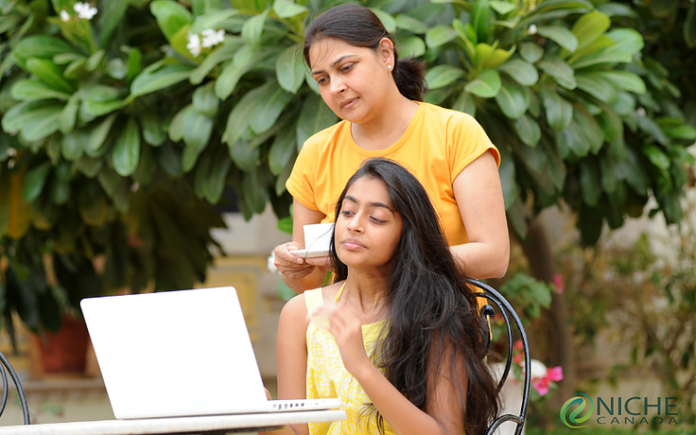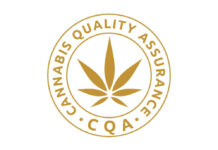Kira London-Nadeau, for NICHE Canada
Cannabis prohibition has caused harm to several Canadians in many ways.
One of its most adverse effects on young people specifically has been the limitations of their drug education.
This means children, teenagers, and older youth have not received adequate tools to make sound decisions about cannabis use.
Luckily, the legalization of non-medical cannabis gives us an opportunity to change how we educate our young people about cannabis. Let’s look at how parents can seize this opportunity to have effective and meaningful conversations about cannabis with their kids.
To begin, let’s remember there is no reason to believe youth cannabis use will increase after legalization.
Additionally, young people are generally aware that using cannabis comprises certain risks.
See also: Majority of Canadians think minimum age to buy, use pot should be raised: poll
A recent survey from 2016/2017 showed that most youth think there is “great risk” associated with smoking cannabis on a regular basis. However, there still remained 9% who answered that this practice posed “no risk.” Perceived risks associated with cannabis decreased from 2014/2015, although this did not correspond to a change in actual rates of use.
Cannabis is certainly not the most harmful substance one can use, but these data show us we still need education demonstrating the risks associated with consuming cannabis.
However, we have learned from abstinence-based approaches that using fear, exaggeration, or only presenting the risks of cannabis, and not its potential benefits, is ineffective.
In fact, these one-sided discussions mostly serve to decrease our credibility as parents and educators. This lack of credibility may lead young people to disregard the risks presented completely, even if these are based on evidence.
So, what can we do?
We can start by shifting our focus from reducing drug use itself to reducing the harms associated with using drugs instead.
This is a practice called harm reduction, and speaks to young people much more than traditional “just say no to drugs” messaging because it offers them realistic options, as many young people will in fact choose to use cannabis (no matter how many times we tell them not to).
Practicing harm reduction can start at home, with frequent, casual, and open-minded discussions.
Some practical messages parents and educators can transmit include:
- 1. The best way to avoid the risks associated with using cannabis is to simply not use it.
- 2. If you do choose to use cannabis, different methods comprise different risks. For example, smoking cannabis is harmful for the lungs, but is easier to dose because the effect is felt very quickly. Conversely, consuming cannabis through edible products (i.e., “edibles”), does not affect lung health, but can lead to over-consumption. Vaping may be a healthier alternative to smoking and has similar effects, but the effects of vaped cannabis on lung health are not yet completely understood.
Although talking to youth about their drug use can be uncomfortable, it is important to remember that there is a broad spectrum of cannabis use, ranging from very occasional to more frequent and perhaps problematic use.
The vast majority of youth cannabis use is not problematic.
Young people who consume cannabis in a way that starts to interfere with their other activities are often looking to cope with distress or other difficulties that warrant support. Prioritizing our youth’s well-being then means being supportive and open, even despite our own concerns.
Often, with people in positions of power and authority, such as parents or teachers, young people will shy away from being open about their use for fear of punishment or other negative repercussions.
See also: Canada to study social media to learn about perception of pot
See also: Canadian government to study cannabis cyber crime
Simply showing an open mind, and a desire for nuanced and realistic conversations about drugs in general may encourage young people to discuss their own drug use. That’s where the real cannabis education can begin.
During cannabis prohibition, producing and finding resources that included the required level of nuance and complexity proved difficult.
Luckily, there have recently been several resources created to support the cannabis education of young people, which you can find below.
Now, parents and teachers can be much better equipped to support and educate our youth.
Resources:
Canadian Students for Sensible Drug Policy’s Cannabis Education Toolkit
The Canadian Centre on Substance Use and Abuse’s “Talking Pot with Youth” Kit
Canada’s Lower Risk Cannabis Use Guidelines
Canadian Students for Sensible Drug Policy Cannabis Harm Reduction Handout



















